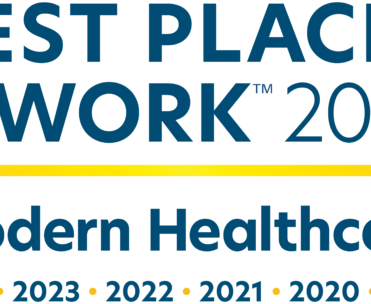
5 Things to know about stroke
2 minutes
It’s important to understand stroke, and here’s why: Stroke is the fifth leading cause of death for Americans and the leading cause of serious long-term disability. Each year, about 800,000 people in the U.S. have a stroke, and 25% of those are recurrent strokes.
These five facts will help you learn the warning signs of strokes, as well as how to prevent them and deal with the emergency if it happens.
- Strokes affect everyone. Anyone, including children, can have a stroke at any time, though the risk does go up with age. Race also affects the likelihood of stroke. The risk of having a first stroke is nearly twice as high for Black people as for white people, and Black people have the highest rate of death due to stroke.
- The majority of strokes are preventable. High blood pressure is the biggest treatable risk factor for stroke. That means that preventing it or controlling it, through lifestyle changes and medicine, is critical. You can help do that by eating a healthy diet; staying at a healthy weight; avoiding smoking and secondhand smoke; and preventing or managing other health conditions, such as high cholesterol, diabetes and obesity.
- The two types of strokes are ischemic, where the blood supply to the brain is blocked, and hemorrhagic, where a blood vessel in the brain bursts. Ischemic strokes are far more common, but both types of strokes kill brain cells.
- These are the FAST warning signs and symptoms of stroke:
F – Face drooping. After asking the person to smile, does one side droop?
A – Arm weakness. After asking the person to raise both arms, does one side drift downward?
S – Speech difficulty. After asking the person to repeat a simple sentence, are the words slurred?
T – Time to call 911. Don’t delay: If the person shows any of these signs, call 911 immediately.
- Stroke treatment and outcomes depend on how quickly you get to the hospital and the type of stroke you have. The sooner you get treatment for a stroke, the better your chances of surviving and avoiding long-term disability.
Sources: American Heart Association; American Stroke Association; Centers for Disease Control and Prevention


